The Nuclear Technology Portal
Introduction

- Nuclear technology is technology that involves the nuclear reactions of atomic nuclei. Among the notable nuclear technologies are nuclear reactors, nuclear medicine and nuclear weapons. It is also used, among other things, in smoke detectors and gun sights. (Full article...)
- Nuclear power is the use of nuclear reactions to produce electricity. Nuclear power can be obtained from nuclear fission, nuclear decay and nuclear fusion reactions. Presently, the vast majority of electricity from nuclear power is produced by nuclear fission of uranium and plutonium in nuclear power plants. Nuclear decay processes are used in niche applications such as radioisotope thermoelectric generators in some space probes such as Voyager 2. Generating electricity from fusion power remains the focus of international research. (Full article...)
- A nuclear weapon is an explosive device that derives its destructive force from nuclear reactions, either fission (fission bomb) or a combination of fission and fusion reactions (thermonuclear bomb), producing a nuclear explosion. Both bomb types release large quantities of energy from relatively small amounts of matter. (Full article...)
General images -
Selected article -
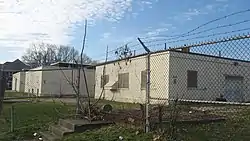
The Dayton Project began in 1943 when Monsanto's Charles Allen Thomas was recruited by the Manhattan Project to coordinate the plutonium purification and production work being carried out at various sites. Scientists at the Los Alamos Laboratory calculated that a plutonium bomb would require a neutron initiator. The best-known neutron sources used radioactive polonium and beryllium, so Thomas undertook to produce polonium at Monsanto's laboratories in Dayton. While most Manhattan Project activity took place at remote locations, the Dayton Project was located in a populated, urban area. It ran from 1943 to 1949, when the Mound Laboratories were completed in nearby Miamisburg, Ohio, and the work moved there.
The Dayton Project developed techniques for extracting polonium from the lead dioxide ore in which it occurs naturally, and from bismuth targets that had been bombarded by neutrons in a nuclear reactor. Ultimately, polonium-based neutron initiators were used in both the gun-type Little Boy and the implosion-type Fat Man used in the atomic bombings of Hiroshima and Nagasaki respectively. The fact that polonium was used as an initiator was classified until the 1960s, but George Koval, a technician with the Manhattan Project's Special Engineer Detachment, penetrated the Dayton Project as a spy for the Soviet Union. (Full article...)
Selected picture -
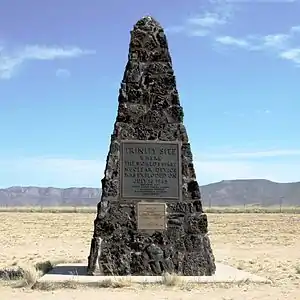
The black plaque on top reads:
Trinity Site
Where The World's First Nuclear Device Was Exploded On July 16, 1945
Erected 1965 White Sands Missile Range J. Frederick Thorlin Major General U.S. Army Commanding
The gold plaque below it declares the site a National Historic Landmark, and reads:
Trinity Site has been designated a National Historical Landmark
This Site Possesses National Significance In Commemorating The History of the United States of America
1975 National Park Service United States Department of the Interior
Did you know?
- ... that coral cores from Flinders Reef capture environmental changes caused by the use of nuclear weapons?
- ... that during World War II, pilot G. E. Clements was removed from training for secret missions associated with the Manhattan Project when senior officers realized she was a woman?
- ... that in 1958 the Scyla theta pinch device was the first to demonstrate controlled nuclear fusion in the laboratory?
- ... that Project Ketch proposed the detonation of a 24-kiloton nuclear device in Pennsylvania to create a natural-gas storage reservoir?
- ... that Project Carryall proposed the detonation of 23 nuclear devices in California to build a road?
- ... that the sodium fast reactor Fermi 1 suffered a nuclear meltdown that led one operator to suggest "we almost lost Detroit"?
Related WikiProjects
- WikiProject Energy
- WikiProject Technology
- WikiProject Military history
Things you can do
| Parts of this portal (those related to section) need to be updated. Please help update this portal to reflect recent events or newly available information. Relevant discussion may be found on the talk page. (September 2021) |
|
|
Here are some Open Tasks :
|
Selected biography -
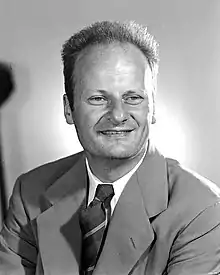
During World War II, he was head of the Theoretical Division at the secret Los Alamos laboratory that developed the first atomic bombs. There he played a key role in calculating the critical mass of the weapons and developing the theory behind the implosion method used in both the Trinity test and the "Fat Man" weapon dropped on Nagasaki in August 1945.
After the war, Bethe also played an important role in the development of the hydrogen bomb, although he had originally joined the project with the hope of proving it could not be made. Bethe later campaigned with Albert Einstein and the Emergency Committee of Atomic Scientists against nuclear testing and the nuclear arms race. He helped persuade the Kennedy and Nixon administrations to sign, respectively, the 1963 Partial Nuclear Test Ban Treaty and 1972 Anti-Ballistic Missile Treaty (SALT I).
His scientific research never ceased and he was publishing papers well into his nineties, making him one of the few scientists to have published at least one major paper in his field during every decade of his career, which in Bethe's case spanned nearly seventy years. Freeman Dyson, once his doctoral student, called him the "supreme problem-solver of the 20th century". (Full article...)
Nuclear technology news
- 17 November 2023 – APEC United States 2023
- The Philippines and the United States sign a deal for the latter to export nuclear technology and materials to the former. (Reuters)
- 2 November 2023 – Russia and weapons of mass destruction
- Russian President Vladimir Putin signs a law formally withdrawing Russia's ratification of the Comprehensive Nuclear-Test-Ban Treaty. However, Russia maintains that it will not resume nuclear weapons testing unless the United States also resumes testing. (Reuters)
Related portals
Related topics
Subcategories
Associated Wikimedia
The following Wikimedia Foundation sister projects provide more on this subject:
-
 Commons
Commons
Free media repository -
 Wikibooks
Wikibooks
Free textbooks and manuals -
 Wikidata
Wikidata
Free knowledge base -
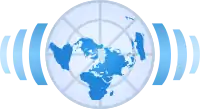 Wikinews
Wikinews
Free-content news -
 Wikiquote
Wikiquote
Collection of quotations -
 Wikisource
Wikisource
Free-content library -
 Wikiversity
Wikiversity
Free learning tools -
 Wiktionary
Wiktionary
Dictionary and thesaurus
-
 List of all portalsList of all portals
List of all portalsList of all portals -
 The arts portal
The arts portal -
 Biography portal
Biography portal -
 Current events portal
Current events portal -
 Geography portal
Geography portal -
 History portal
History portal -
 Mathematics portal
Mathematics portal -
 Science portal
Science portal -
 Society portal
Society portal -
 Technology portal
Technology portal -
 Random portalRandom portal
Random portalRandom portal -
 WikiProject PortalsWikiProject Portals
WikiProject PortalsWikiProject Portals
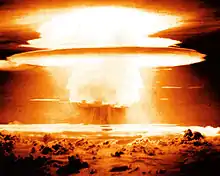
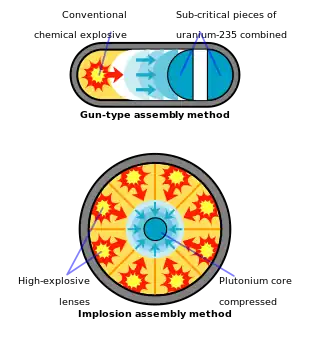
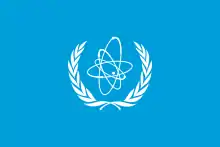


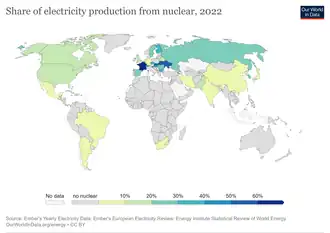
_conducts_a_fueling_at_sea_(FAS)_with_the_Nimitz-class_aircraft_carrier_USS_George_Washington_(CVN_73).jpg.webp)
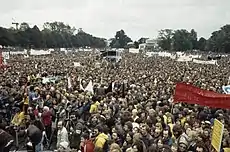
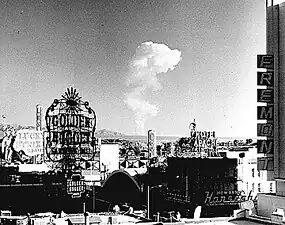
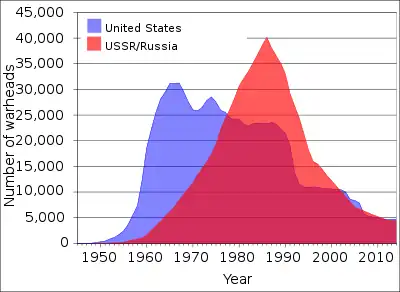
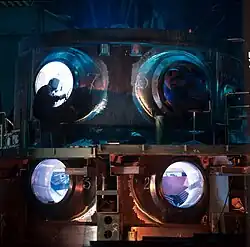
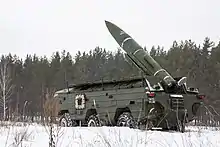

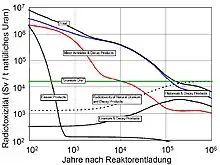
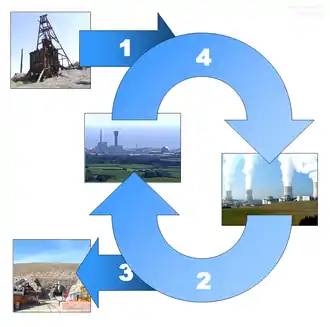
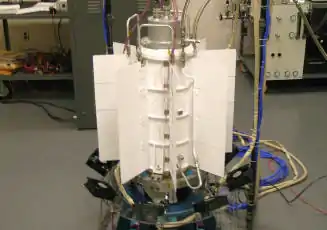
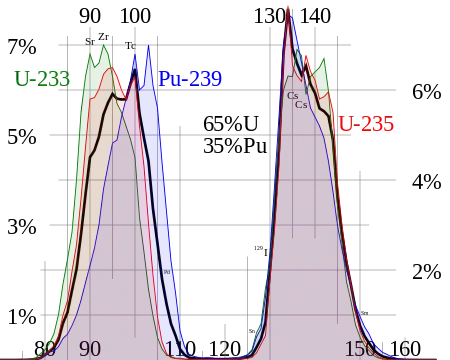


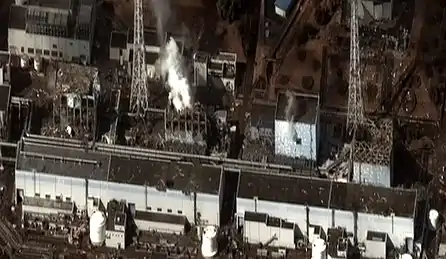
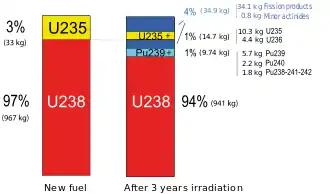
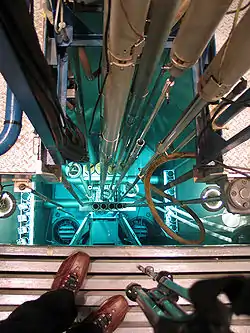
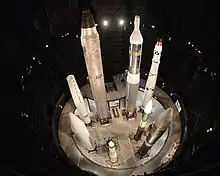
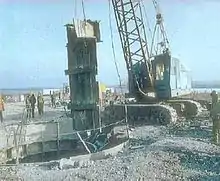
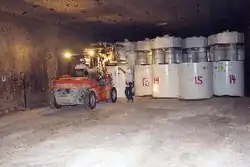
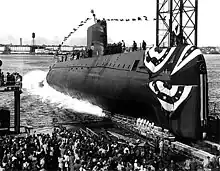
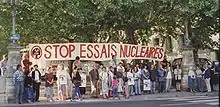
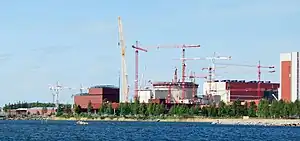


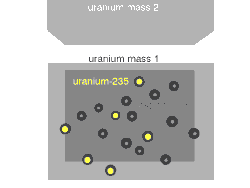
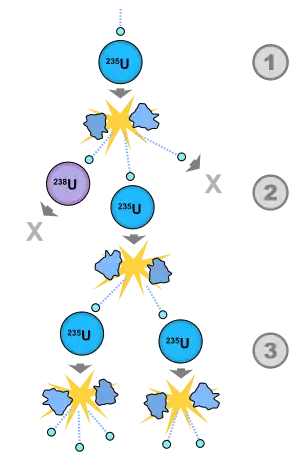
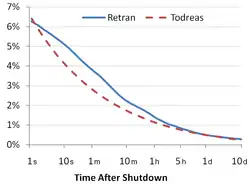
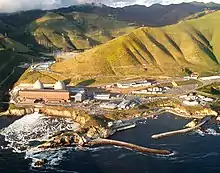
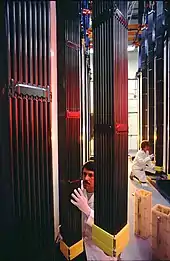
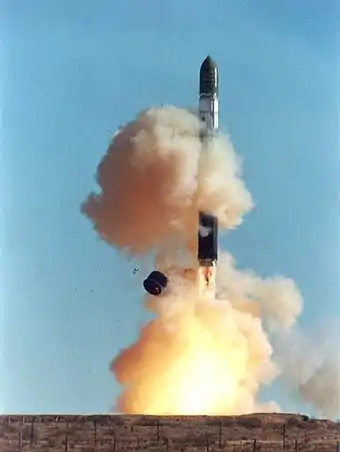
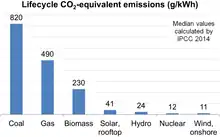
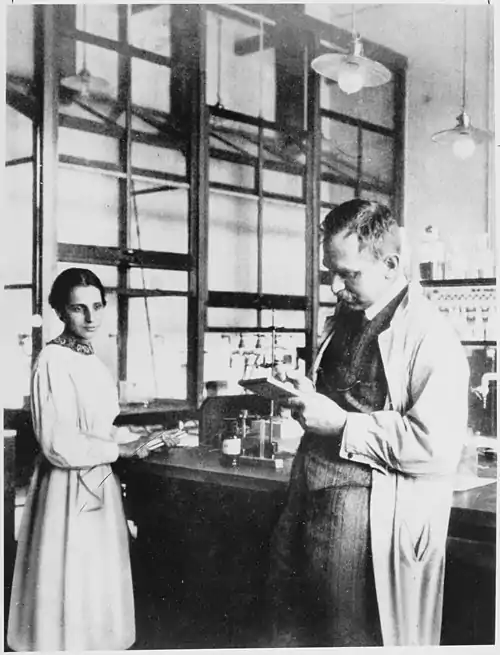
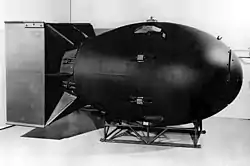
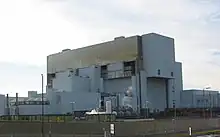
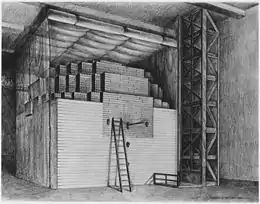
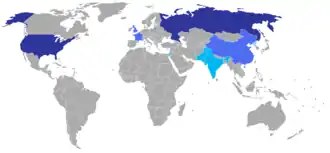
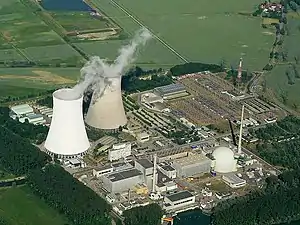
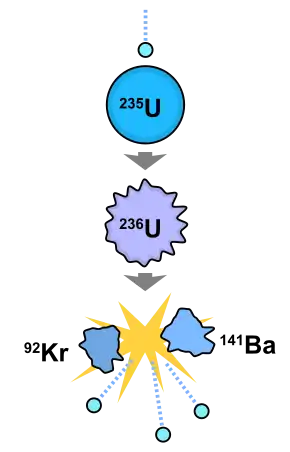
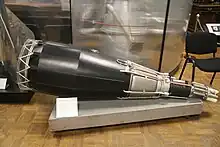
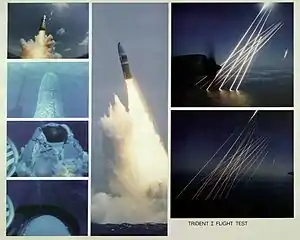
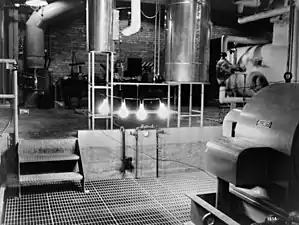
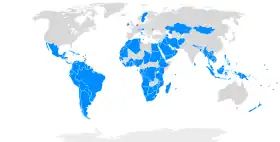
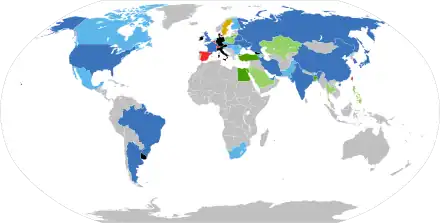
-LLNL.jpg.webp)
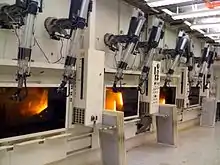
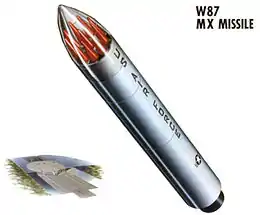

.jpg.webp)
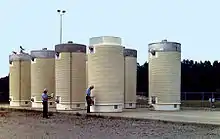
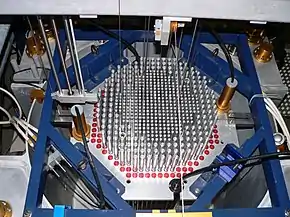
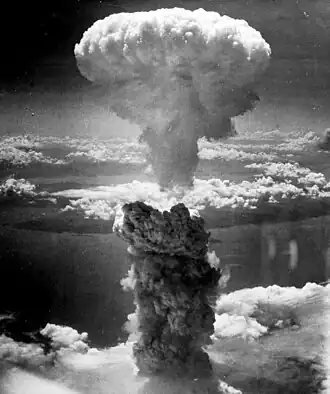

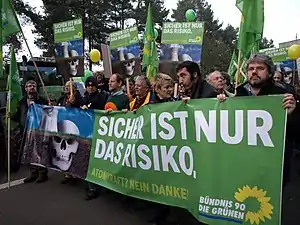
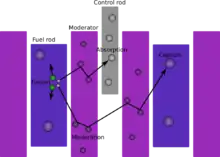
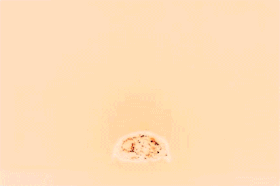

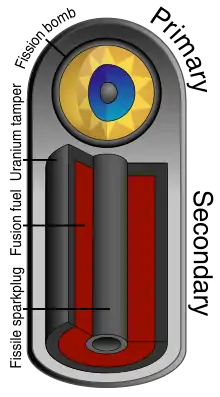
.jpg.webp)
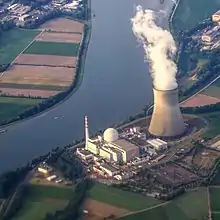
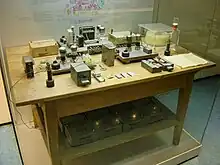
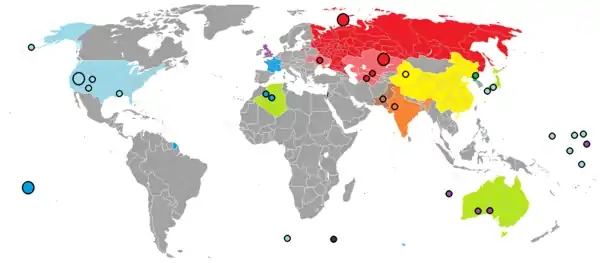
.svg.png.webp)
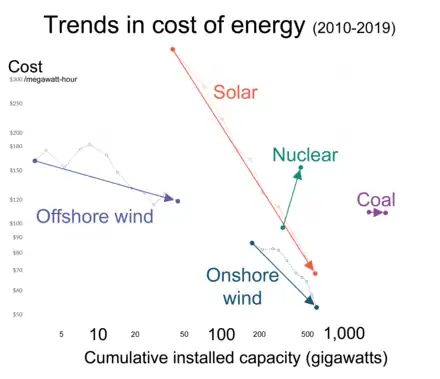
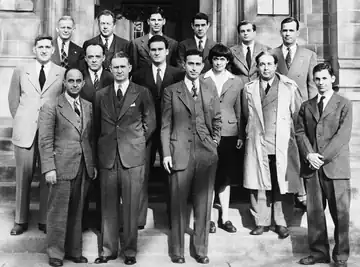

.jpg.webp)
.jpg.webp)
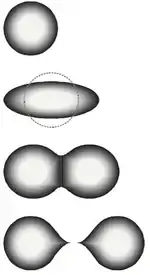
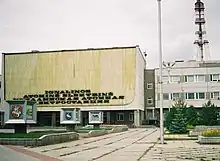
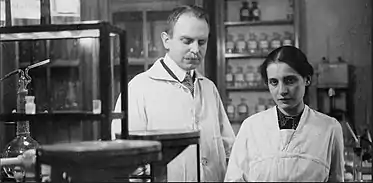
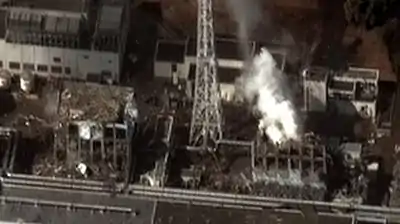
.jpg.webp)
